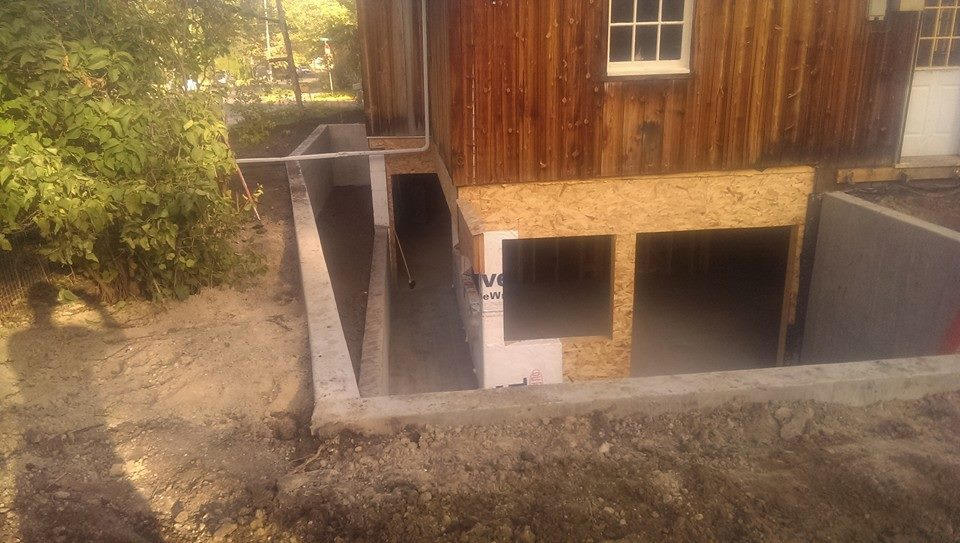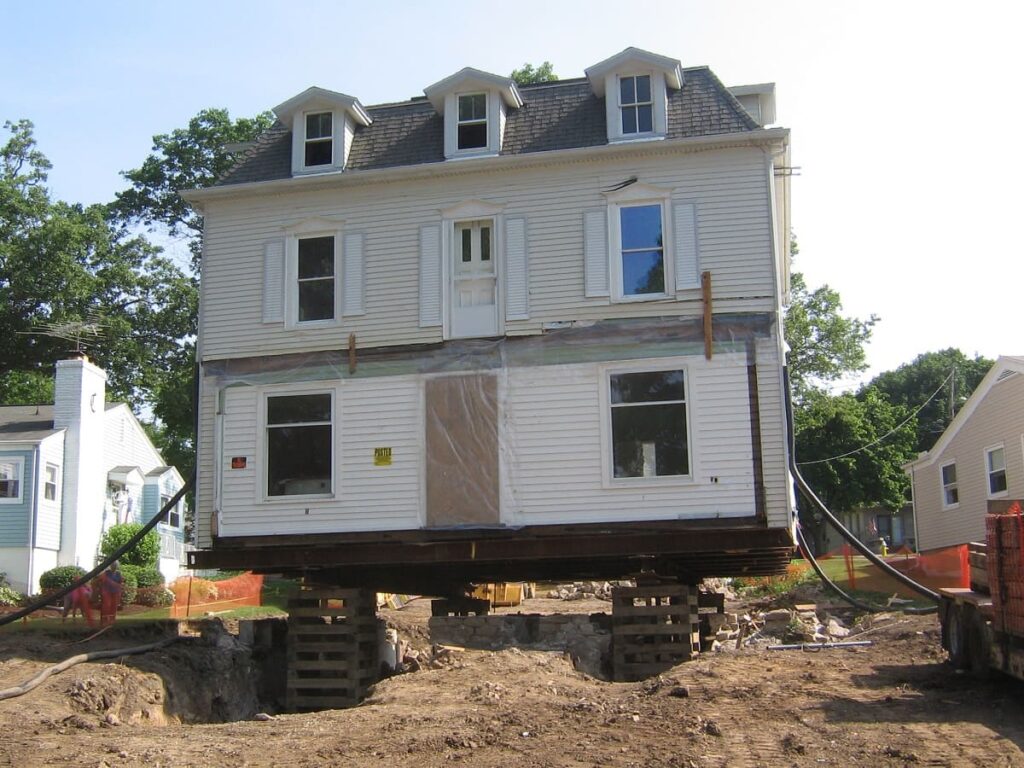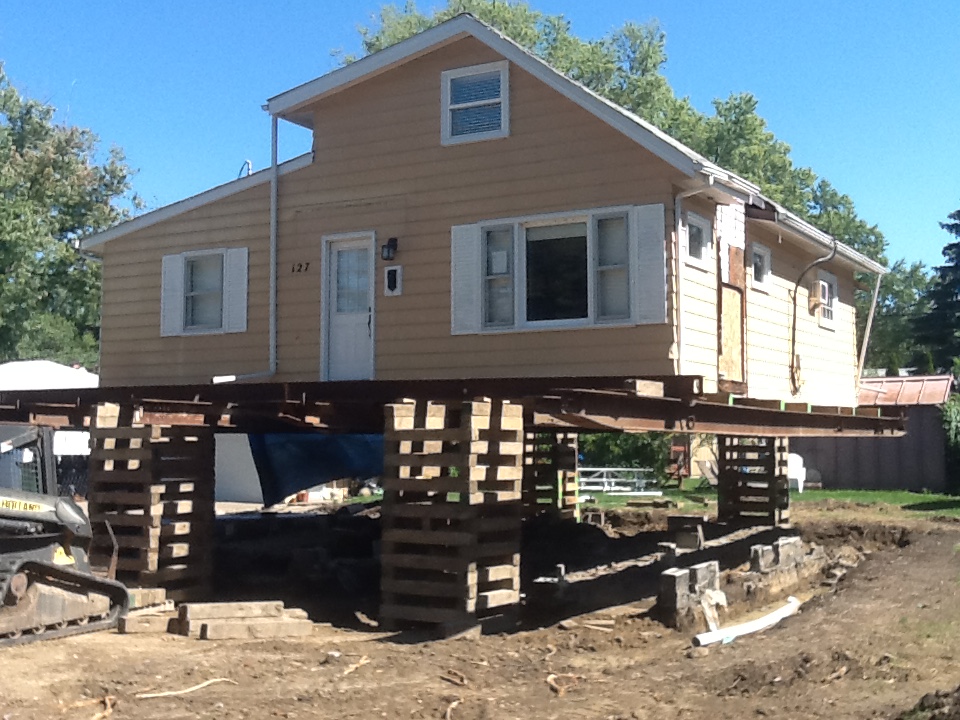Creating a basement under a house is a big job that needs careful planning and following rules. First, an engineer checks if it’s possible and gets permits. Then, big machines dig out the ground carefully. The house’s base gets extra support to stay strong during digging. Special layers and pipes keep water out and away.
Walls and floors are made from strong materials like concrete. Pros put in plumbing and electricity. Inside, walls are built, and rooms get finished with paint and floors. People check everything is safe and okay.
Outside, the yard is made nice again. After passing tests, the basement is ready to use! It’s important to have experts help and be safe all the time.
How to prepare for digging a basement under an existing house?

Creating a basement under a house needs careful planning and safety steps. First, a pro checks if it’s safe and gets the right permissions. Then, a surveyor marks where to dig and finds hidden pipes. Clear the area and support the house safely.
Slowly dig while making sure water won’t get in. Strengthen the foundation if needed. Build the basement walls and floor using strong materials. Get checks to make sure everything’s okay.
Fill around the walls and tidy up inside. Finally, get a last check before using it. Always stay safe and get help from adults when needed.
What machinery is used for digging a basement?
Several types of machinery are commonly used for digging a basement, depending on factors such as the size of the project, the type of soil, and accessibility. Here are some of the main types:
Excavators
Excavators are versatile machines equipped with a bucket attached to a hydraulic arm. They can handle various tasks, including digging, lifting, and loading. Excavators come in different sizes, from compact mini-excavators suitable for smaller spaces to larger models for more significant excavation projects.
Backhoes
Backhoes are similar to excavators but have a digging bucket at the end of a two-part articulated arm, with a digging depth typically shallower than that of excavators.
They are commonly used for smaller-scale excavation work and are often found on construction sites due to their versatility.
Bobcats or Skid Steer Loaders
Bobcats, or skid steer loaders, are compact machines with a bucket attachment that can be used for excavation in tight or confined spaces.
They are maneuverable and suitable for smaller excavation tasks, such as digging trenches or clearing debris.
Trenchers
Trenchers are specialized machines designed specifically for digging narrow and deep trenches. They are commonly used for utility installation, such as laying pipes or cables, and may be employed during the early stages of basement construction for utility placement.
Bulldozers
Bulldozers are heavy-duty machines equipped with a large metal blade at the front for pushing and leveling soil and debris.
While not typically used for precise digging, bulldozers can be useful for clearing and leveling the construction site before excavation begins.
Drilling Rigs
In some cases, especially when encountering rocky terrain, drilling rigs may be used to create boreholes or shafts for foundation support or stabilization before excavation.
How to reinforce the foundation when digging a basement?

When reinforcing the foundation for digging a basement under an existing house, consult a structural engineer to determine the best approach. Common methods include underpinning, which involves adding support underneath the existing foundation, and installing piers or helical piles around the perimeter for additional stability. Temporary bracing and shoring may also be necessary during excavation to prevent foundation shifting.
Reinforcement can also be achieved through the addition of reinforced concrete layers. Throughout the process, monitor the foundation’s condition and make adjustments as needed. Always seek guidance from professionals to ensure safety and structural integrity.
What is involved in basement waterproofing and drainage?

Basement waterproofing and drainage are essential aspects of ensuring a dry and stable basement environment. Here’s a simplified overview of what’s involved in these processes:
Exterior Waterproofing
Exterior waterproofing involves applying a waterproof membrane or coating to the exterior walls of the basement to prevent water from seeping through.
This may also include installing a drainage system, such as French drains, around the perimeter of the foundation to redirect groundwater away from the basement walls.
Interior Waterproofing
Interior waterproofing focuses on preventing water intrusion from inside the basement. This can be achieved by applying waterproof coatings or sealants to the interior walls and floors to create a barrier against moisture.
Additionally, installing a sump pump system can help remove any water that does accumulate inside the basement.
Foundation Drainage
Proper foundation drainage is crucial for directing water away from the basement. This may involve grading the soil around the foundation to slope away from the house, installing gutters and downspouts to channel rainwater away from the foundation, and ensuring that surface water drains are clear and functioning correctly.
French Drains
French drains are a type of subsurface drainage system commonly used to alleviate hydrostatic pressure around the foundation.
They consist of perforated pipes surrounded by gravel or aggregate, which allow groundwater to flow into the drain and be redirected away from the foundation.
Sump Pump Installation
A sump pump is a mechanical device installed in the basement floor to pump out excess water that collects in a sump pit. This helps prevent basement flooding by removing water before it can accumulate and cause damage.
Vapor Barriers
Installing a vapor barrier on the interior walls and floors of the basement can help prevent moisture from seeping through and causing issues such as mold and mildew growth.
Vapor barriers are typically made of plastic or foil and are installed before finishing the basement walls.
How are basement walls and floors constructed?
Building basement walls and floors involves several steps:
- Digging: First, the ground is dug to create space for the basement.
- Foundation: Concrete footings are poured around the edges to support the walls.
- Walls: Walls are made either by stacking concrete blocks or pouring concrete into molds. Steel bars may be added for strength, and insulation helps keep the basement warm.
- Waterproofing: Special coatings are added to keep water out and protect the walls from damage.
- Floor: The floor is made of poured concrete over a gravel base. A barrier is added underneath to stop moisture.
- Finishing: Finally, walls and floors are sealed and finished to look nice. Then, flooring like carpet or tiles can be added.
By following these steps, a strong and dry basement can be built for a house.
Final Words
Digging a basement under a house is a big project, but with careful planning and help from experts, it can be done safely. We need to follow the rules and make sure everything is okay with the house before we start. After digging, we need to make the foundation stronger so the house stays safe. Putting special layers and pipes to keep water away is important too.
Once the walls and floor are built, we can finish the inside and make it look nice. It’s important to check everything is okay before using the basement. Finally, with the yard looking good again, we can enjoy the new space safely!
